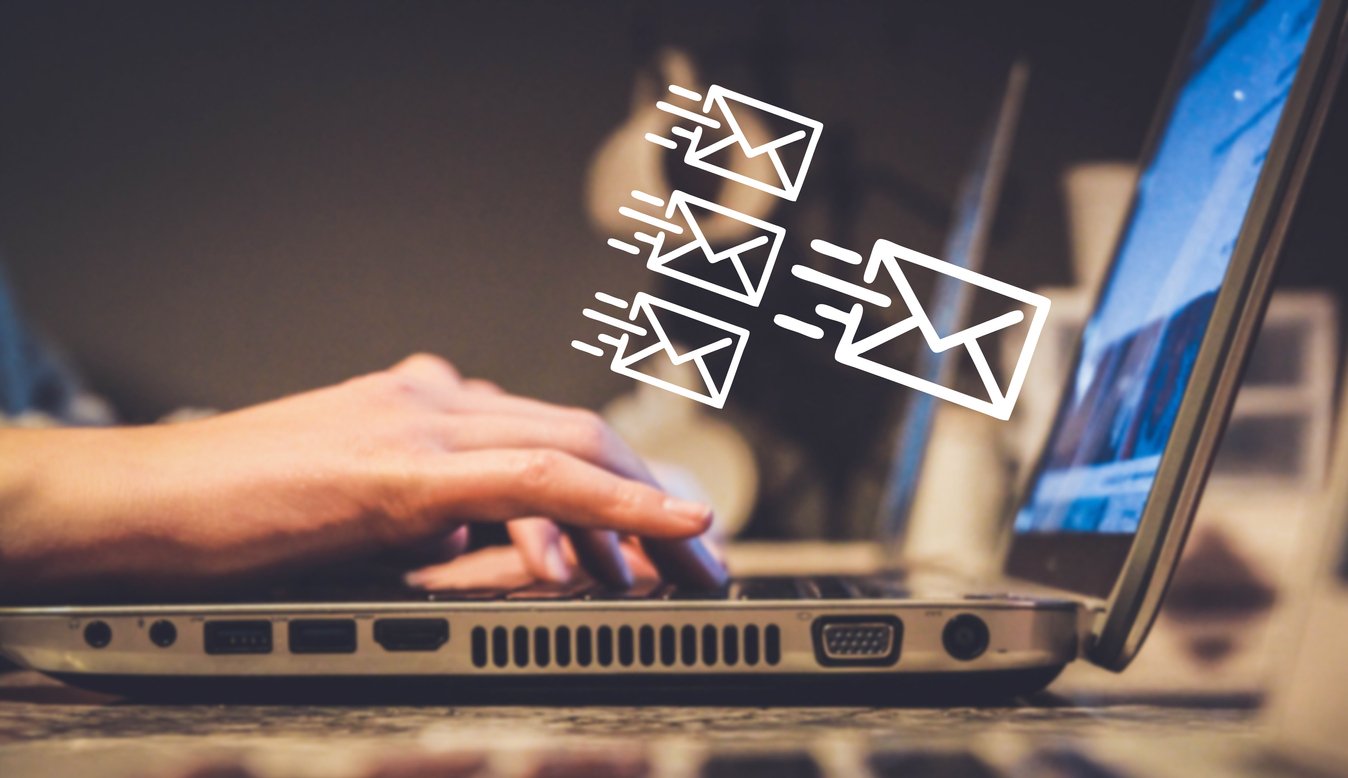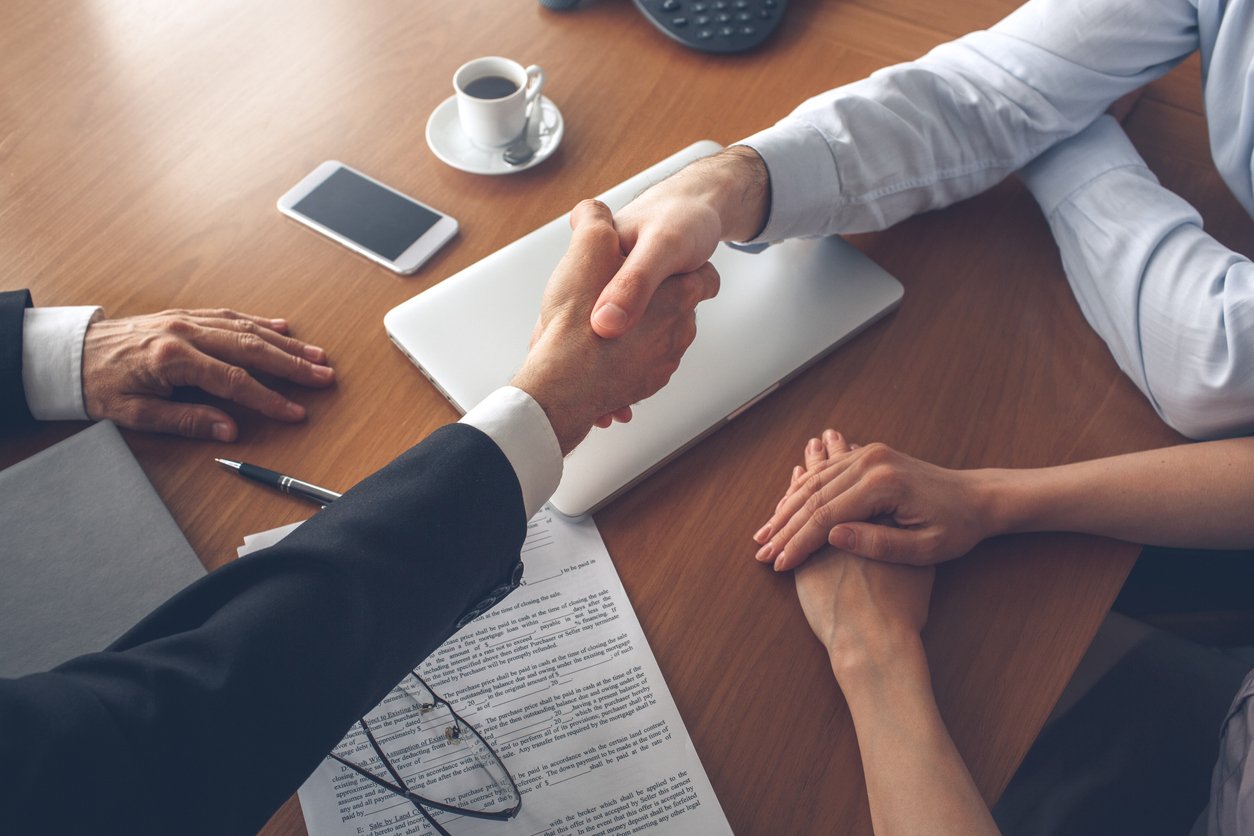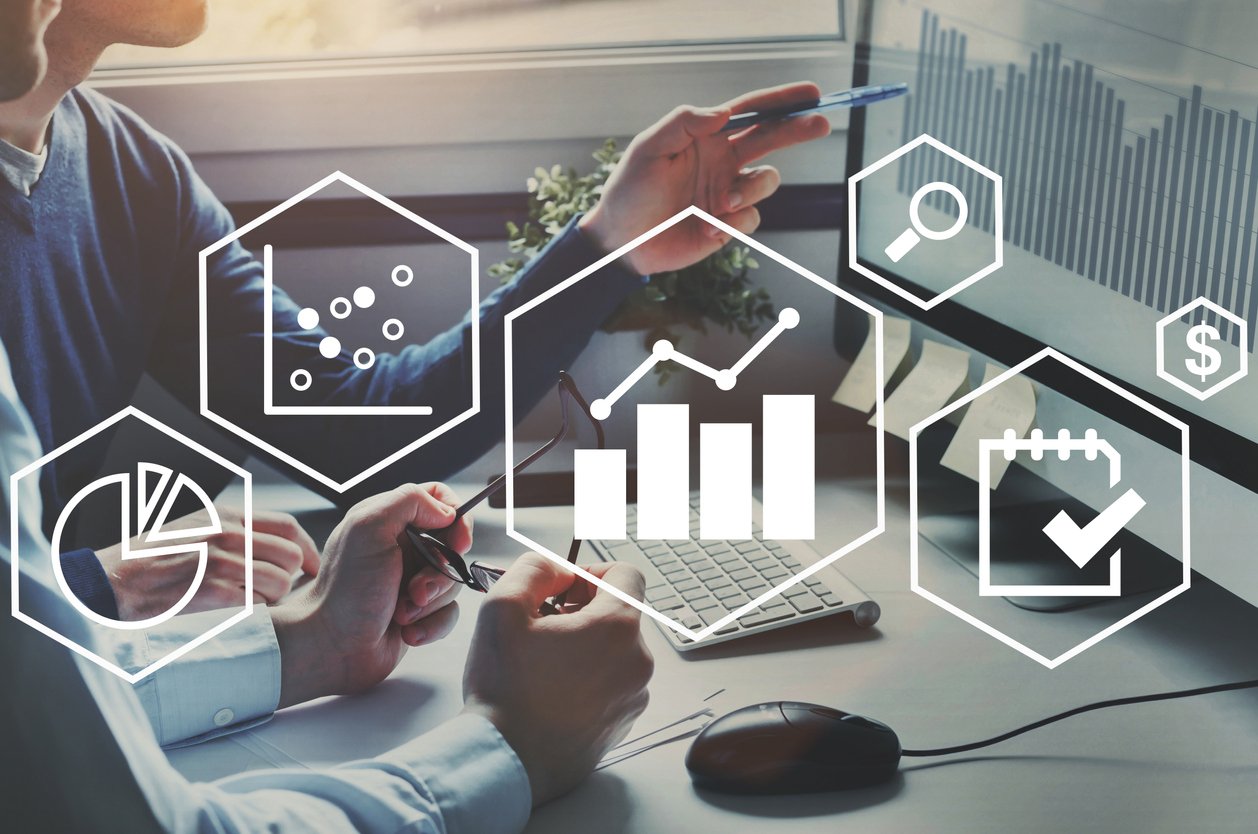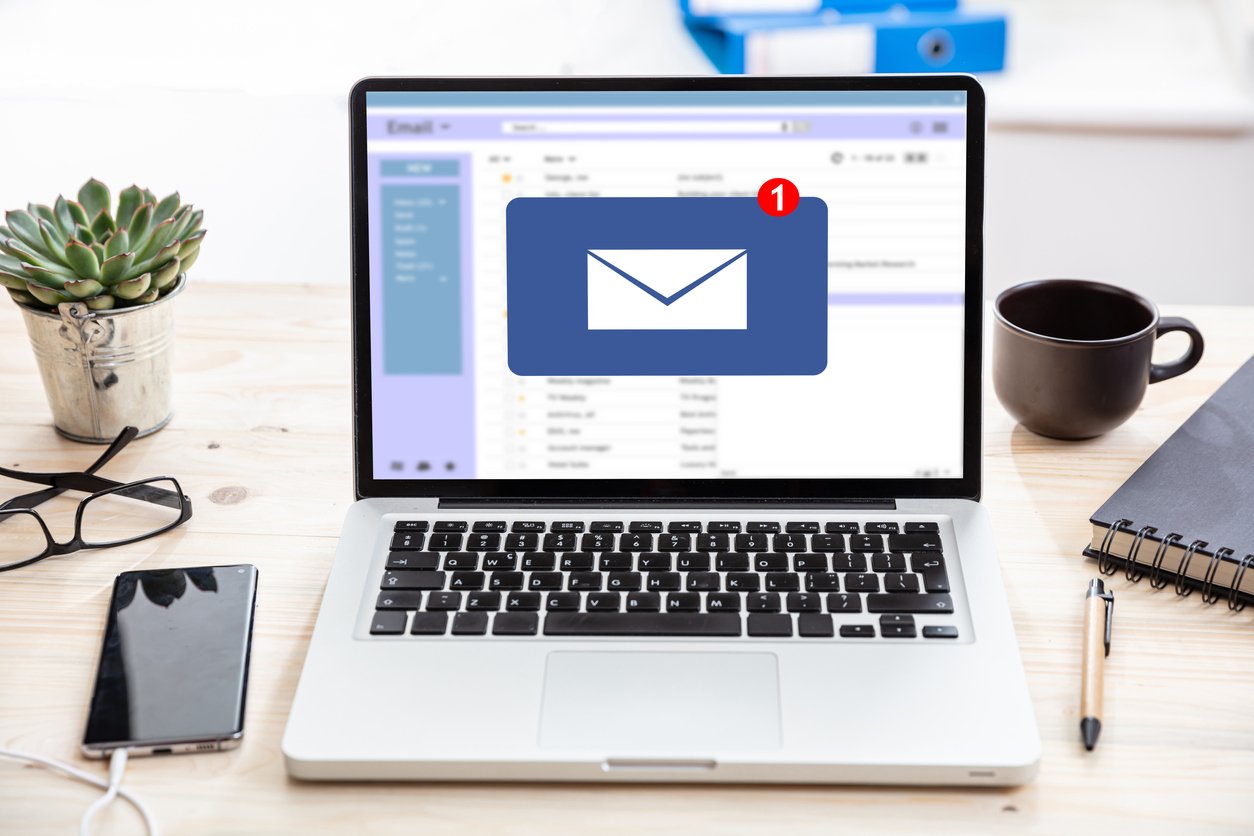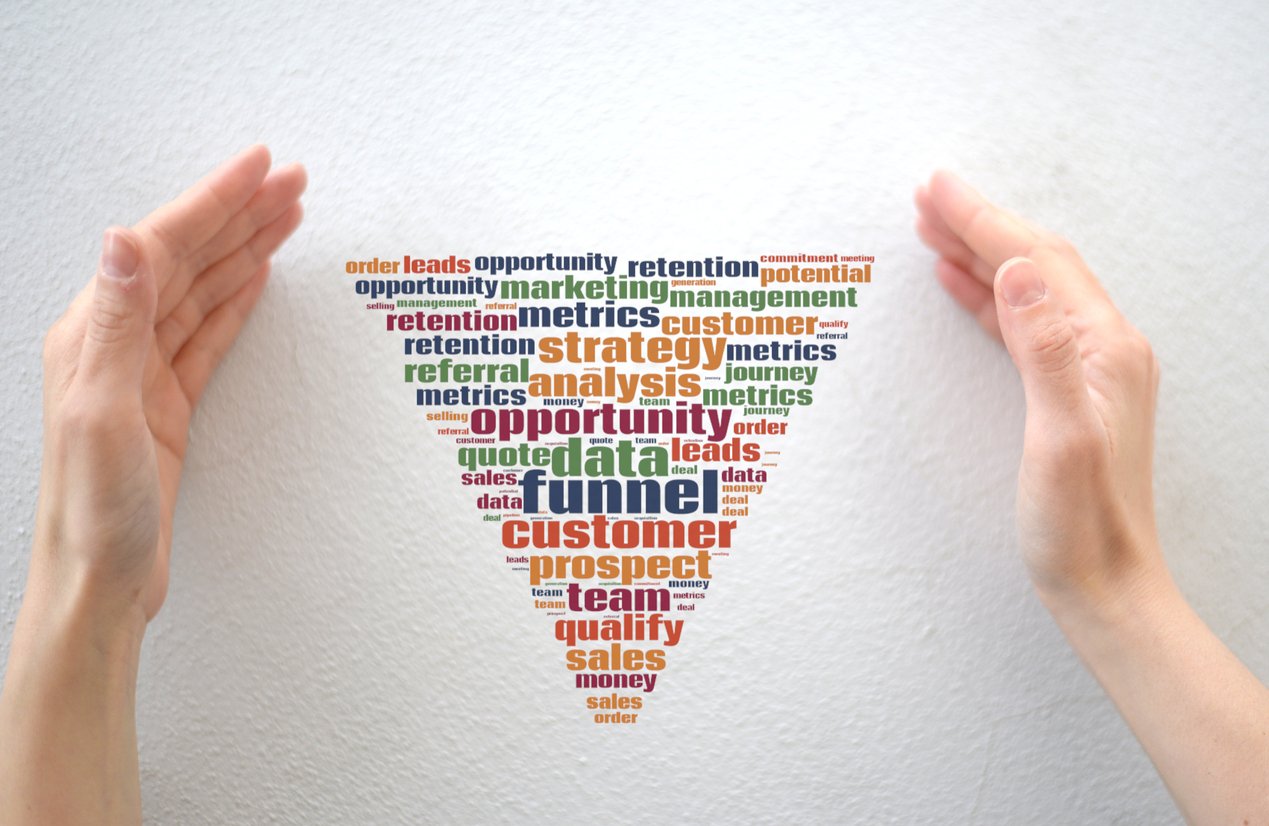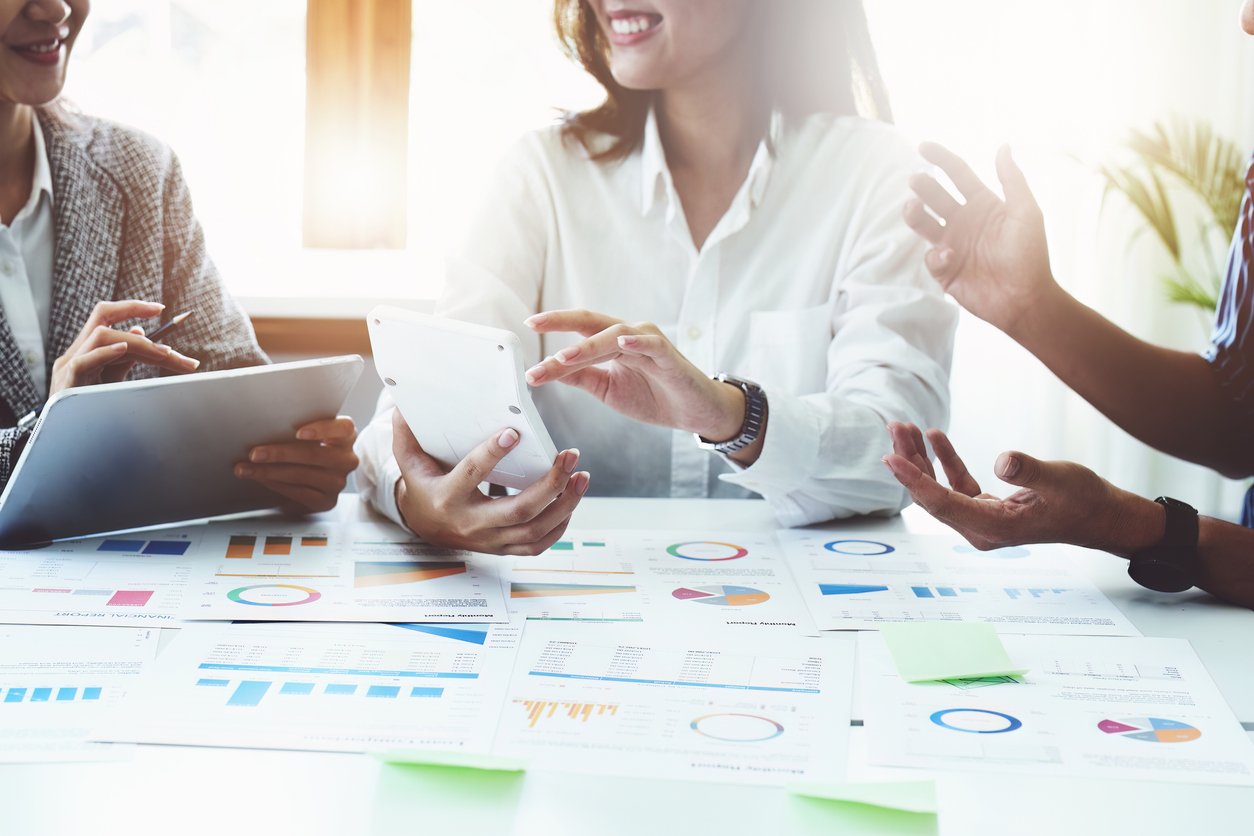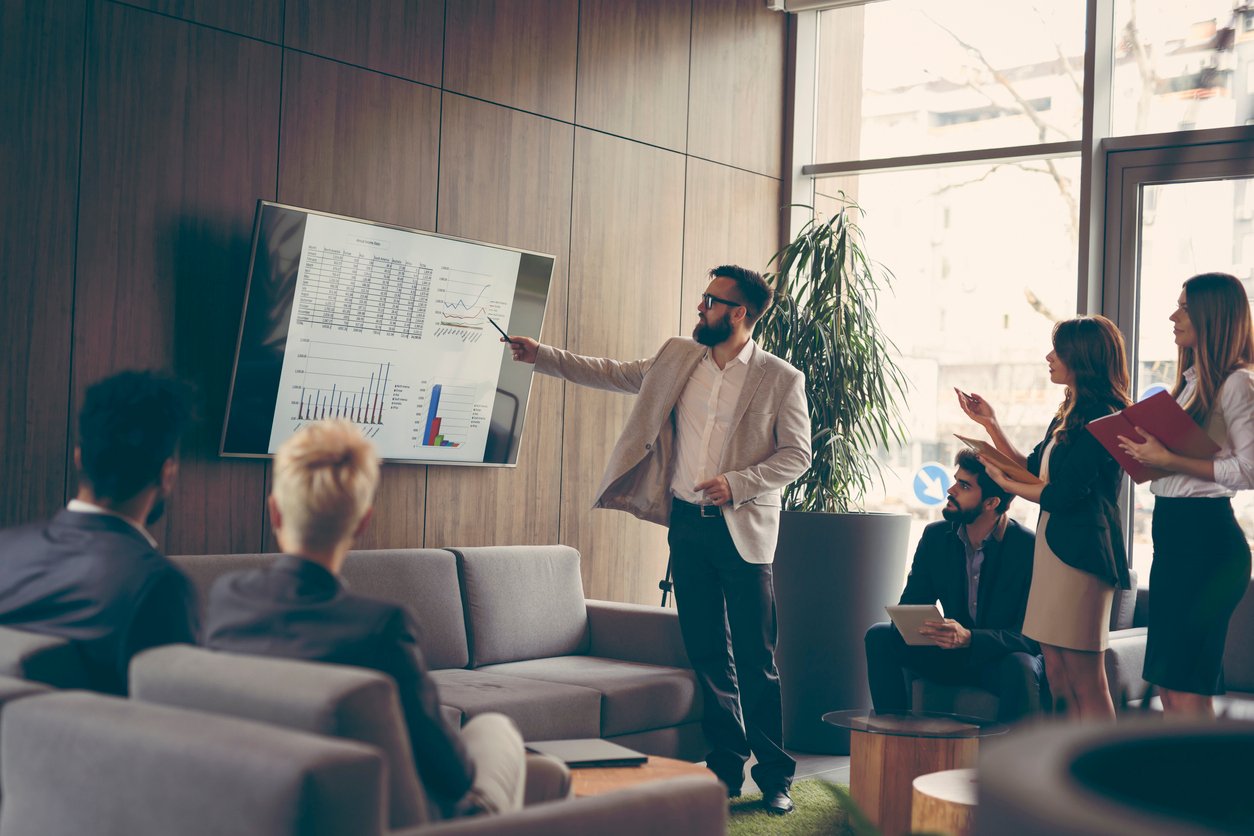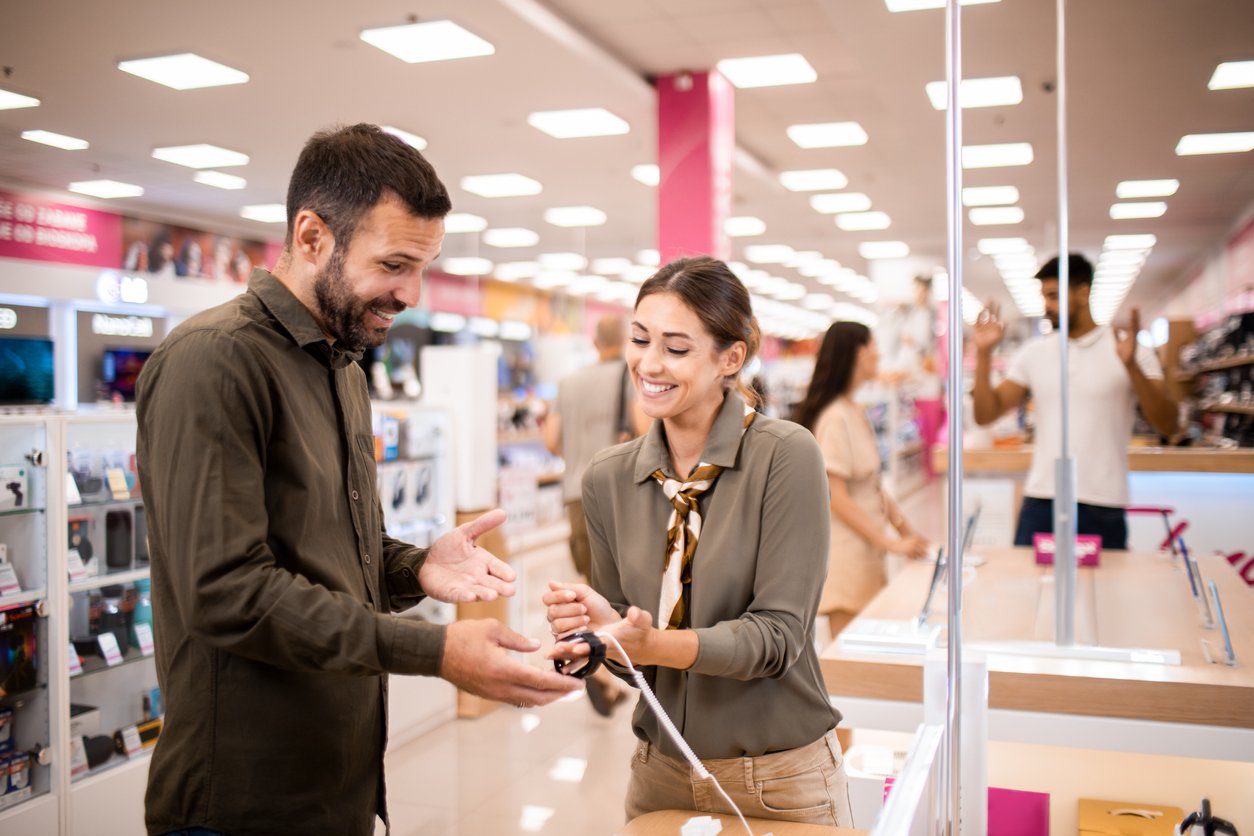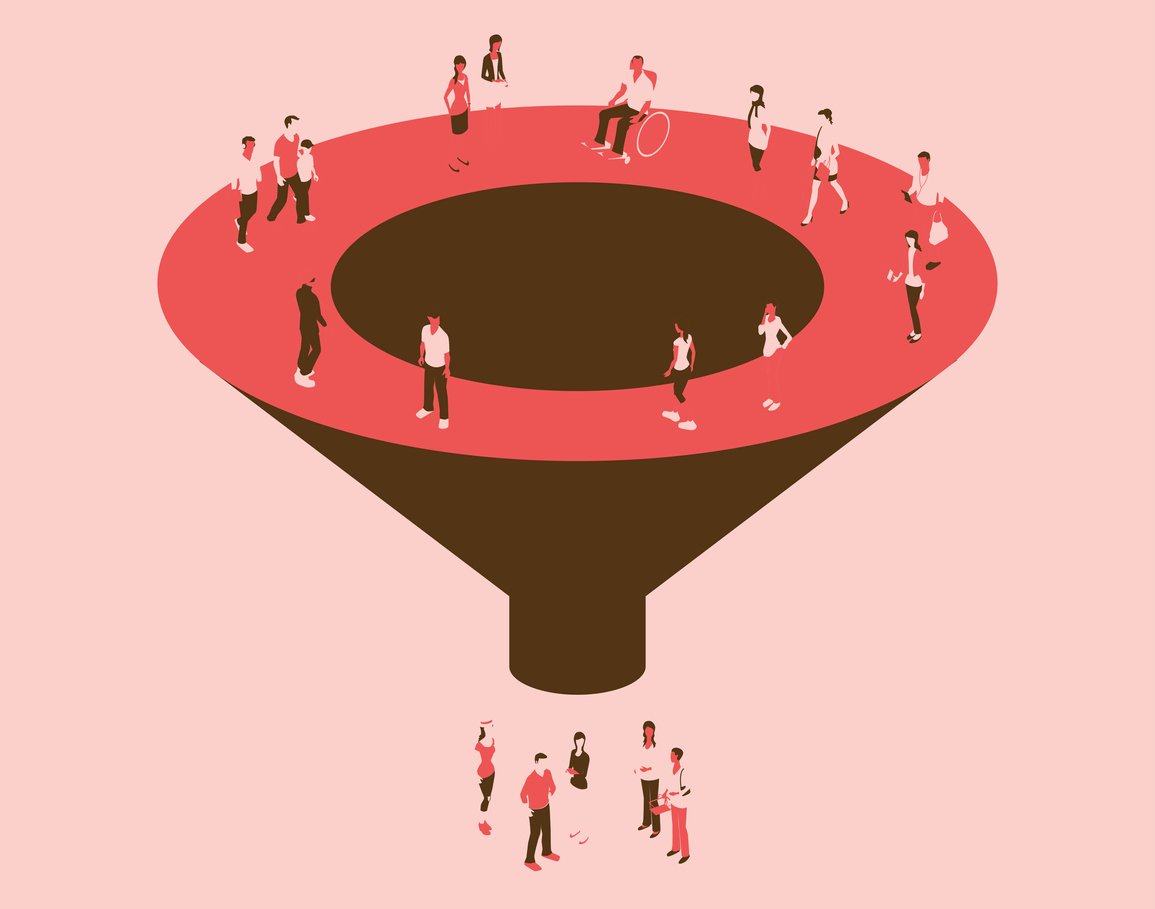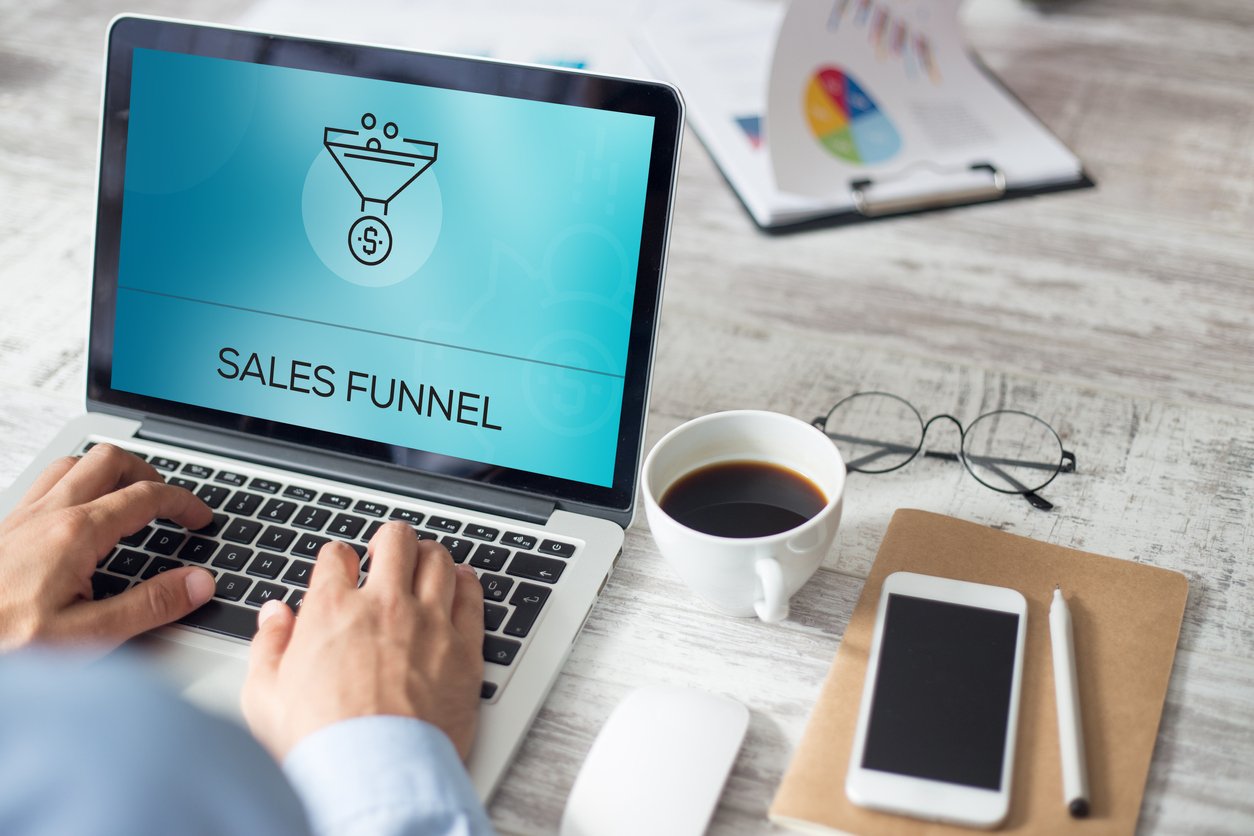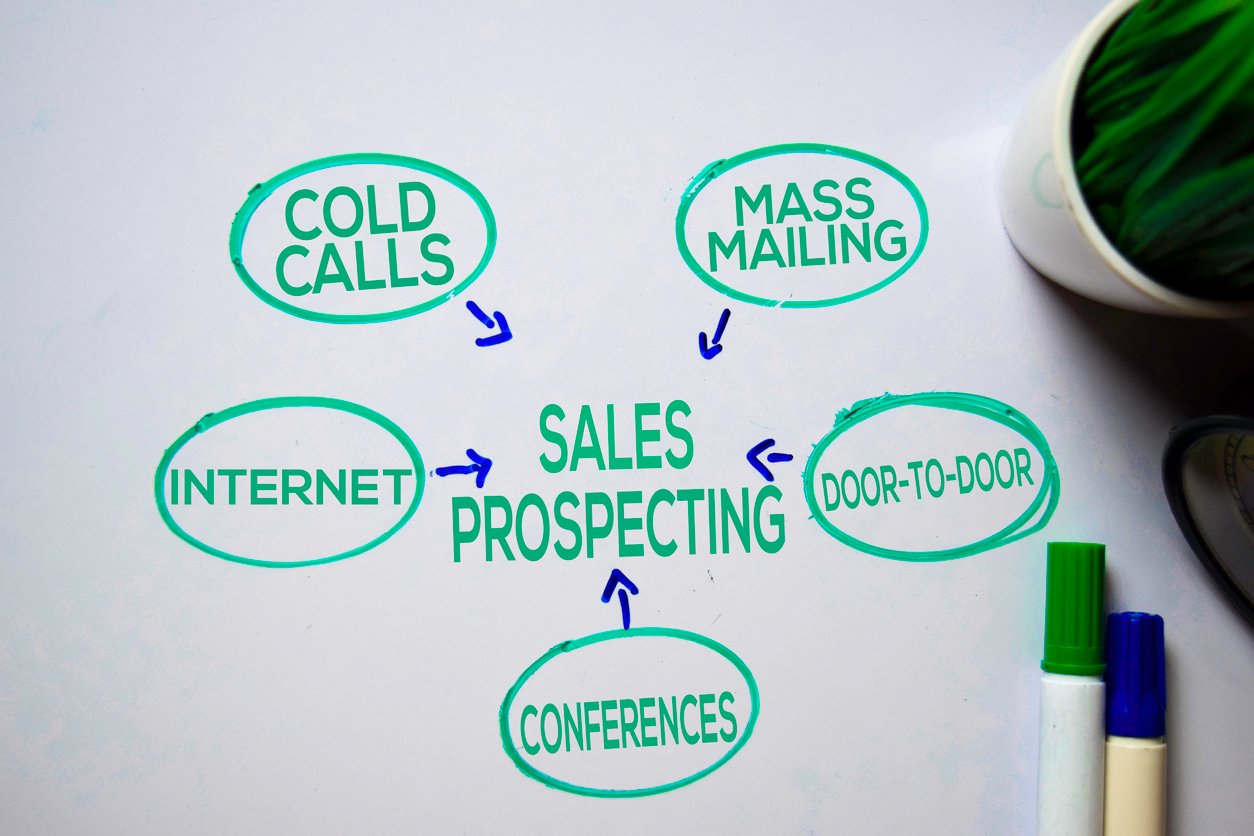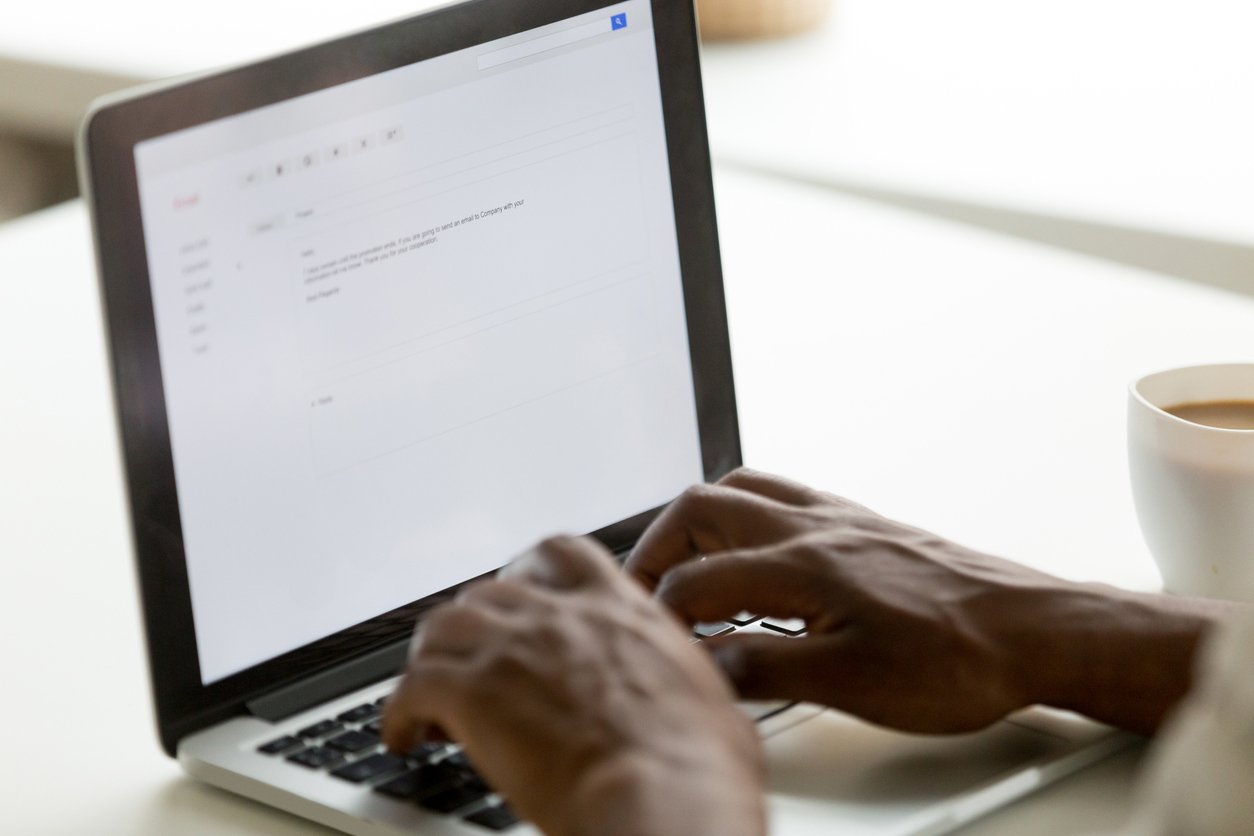
7 Tips to Help You Excel at All 7 Sales Cycle Stages
 Updated on
Updated on
 By Carlos Correa
By Carlos Correa
Carlos Correa
Carlos has been involved in the sales space for well over ten years. He began in the insurance space as an individual sales agent, managing teams as s...
learn more
Carlos Correa
Carlos has been involved in the sales space for well over ten years. He began in the insurance space as an individual sales agent, managing teams as s...
Table of Contents
Table of Contents
Always be closing.
Isn't that the refrain we've all heard?
Well, to be doing that you'll want to make sure you have an incredible sales cycle – one where all the sales cycle stages work seamlessly together like a well-oiled machine.
Maybe you already have that, but there's always room for improvement, eh?
And if you don't have that, read on for tips to excel at all 7 sales cycle stages.
Starting with what exactly is a sales cycle, and what are the sales cycle stages?
(Psst, if you already know what a sales cycle is, feel free to skip right to the tips.)
What is a Sales Cycle
A sales cycle is a series of 7 steps (give or take new ones an organization may add) it takes for your sales team to get a lead from a prospective buyer to an actual customer, and then rinse and repeat with the next prospective buyer. Although the steps are standard, how your sales team uses them will differ.
You may have heard the sales cycle referred to by other names, including:
- Sales workflow
- Sales process
- Sales journey
These all essentially refer to the same thing, with varying degrees of detail. The sales process is the sales cycle aligned with your buyer's journey, and the sales workflow gives more of an outline of what to do in different scenarios at each stage of the cycle.
To be the most productive you can in sales, you'll want to have the shortest sales cycle possible, so each of the sales cycle stages will need to be as optimized and efficient as possible.
What Are the 7 Stages of Sales Cycle
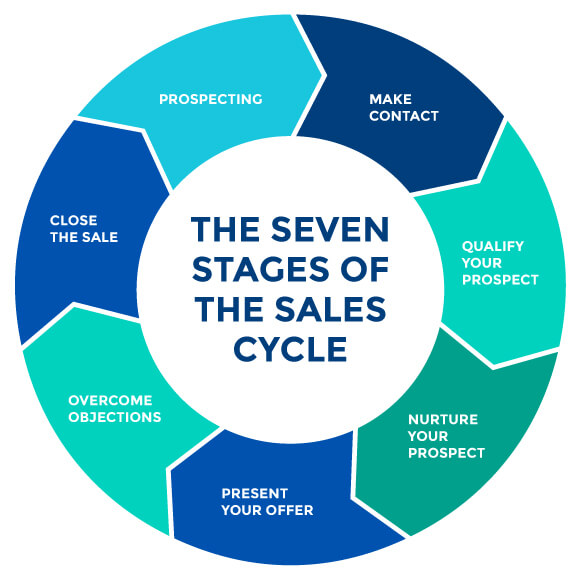
So previously it was mentioned that there are 7 stages in the sales cycle. You may be wondering what exactly they are.
|
Sales Cycle Stages |
Brief Explanation |
|
Prospecting |
Lead generation of potential prospects |
|
Contacting |
Reaching out to the prospects |
|
Qualifying |
Evaluating if you're a good fit for each other |
|
Presenting |
Presenting the ideal product(s) or service(s) you have for them |
|
Nurturing |
Maintaining contact, following up, and answering questions |
|
Closing the Deal |
Completing the sale and getting that contract signed or cheque received |
|
Requesting a Referral |
Asking the customer for a referral to another lead/prospect |
Now let's explain each of the 7 stages of the sales cycle more in-depth.
Stage 1: Prospect
The aptly-named prospecting stage is when you're actively looking for new prospects (or new potential customers). You may do this by researching, checking social media, and using any data given to you by a CRM or other sales tools. Once you've found one, you'll want to reach out to the organization, which brings us to stage 2.
Stage 2: Contact
In this stage you'll reach out and initiate contact with the prospect. You will want to learn more about the organization, including who you should be speaking to as the Key Decision Maker (KDM) who will ultimately be the person who decides whether or not the prospect will be buying any of your products or services.
Stage 3: Qualify
In the third stage, the qualifying stage, you'll be investigating the quality of the lead. You'll establish whether or not your organization and the prospects are good fits for each other. This will probably involve a series of specific questions you ask the KDM, used to identify if the prospect has a need your products can fulfill.
Stage 4: Present
Once you've qualified the lead and established what products or services your organization offers that would fit well with your prospect, it's time to present these perfect products or services to the prospect in the fourth stage. Your presentation should be clear and concise in what exactly it is that your company is offering.
Stage 5: Nurture
In the fifth stage, you'll need to nurture the prospect. Screen any questions the prospect may have about your products or services, making sure you have the answers to overcome any obstacles that may arise. Nurturing your prospect should include checking in with the KDM, keeping yourself on his/her mind, but not necessarily always aggressively pushing sales.
Stage 6: Close Deal
In the closing the deal sixth stage you'll be … well, closing the deal. This stage is when hands are shaken, contracts are signed, and deals are officially made. This is technically the stage when the sale is made (and hence the deal is closed), even though it's not the final stage of the sales cycle.
Stage 7: Request referral
Once the sale has been made, don't just abandon the customer. You'll want to keep in contact with the organization. Maybe there will be opportunities for increased or more sales in the future. You will also want to ask for a referral. That way you may get new prospects for them in the future.
Pro Tips to Win at Every Stage of the Sales Cycle
Mastering the sales cycle stages is a bit like perfecting a dance. You've got to know the steps, stay in rhythm, and not step on anyone's toes (aka your prospects' patience).
Let's walk through every stage with actionable tips you can use today, complete with a few pro hacks to help you close faster, sell smarter, and maybe, just maybe, have a little fun doing it.
Prospecting Stage Tips
Prospecting is the opening number in the sales life cycle process. It's your chance to shine or stumble. Want to stand out? Start by going where your best-fit leads are hiding.
The first move is to choose smarter channels. LinkedIn, niche Slack communities, and B2B data vendors like Apollo.io or ZoomInfo are prospecting goldmines. In fact, 78% of salespeople using social media outperform their peers.
In addition, using tools like Ringy let you display local numbers when calling prospects, a tiny tweak that can boost answer rates by up to 400%.
Lastly, pay close attention to timing because it's essential in sales cycle stages. Don't cold call at lunch. According to research, the best times to reach leads are 4–5 PM and 11 AM local time. Avoid Mondays and Fridays unless you enjoy being ghosted.
Lead Qualification Stage Tips
You've hooked a prospect, now it's time to see if they're a catch or just curious. This stage of the sales cycle is about separating wheat from chaff with surgical precision.
To do that, you'll have to ask smarter questions, and go beyond budget and authority. Ask things like:
- "What problem prompted you to seek a solution now?"
- "What does success look like in 6 months?"
Afterward, look out for red flags early. Vague answers, dodging timelines, or ghosting after the demo request? Classic signs your lead is just window shopping.
The other step in lead qualification is to use tags like "hot lead," "needs nurture," or "decision-maker loop" to segment leads and automate follow-up.

Most CRMs with robust sales life cycle management (like Ringy, HubSpot or Zoho CRM) let you build these workflows in minutes.
Contacting Stage Tips
Now comes the "slide into the DMs" moment, except you're doing it with a pitch, not a pick-up line. The contacting stage is where most reps lose momentum. Don't be that rep.
Pick your weapon wisely:
- Phone is personal and direct but may feel intrusive.
- Email is less intimidating but can get lost.
- SMS boasts a 98% open rate.
Ensure you use templates that don't suck to personalize your outreach. "Hey [FirstName], saw your team is scaling, want to share a quick idea." Clean, relevant, and respectful of their time.
Also, use automation without sounding robotic. Auto-dialers and SMS drip tools like JustCall, Ringy, or Salesmsg let you move fast without compromising tone. Speed matters, especially when the average B2B deal takes 102 days to close.
Presenting Stage Tips
Ah, the demo. The make-or-break moment in the sales life cycle stages. Show up with a slideshow and a "let me show you our features" mindset, and you'll bore them into oblivion.
The first thing you need to do here is to tailor every demo. If a prospect mentioned team collaboration as a pain point, open with how your tool solves exactly that. Avoid one-size-fits-all presentations.
Next, be a storyteller. Walk them through a relatable use case. "Imagine you're onboarding 10 new reps next month, here's how our system makes it seamless."
Finally, skip the feature dump. Don't throw 30 features at the wall to see what sticks. Stick to the rule of three: highlight three outcomes your product delivers that tie back to their core needs.
Nurturing Stage Tips
Just because they didn't bite the first time doesn't mean they're not hungry. The nurturing phase of the sales cycle is about staying relevant, not annoying.
First, employ automated follow-ups that feel human. To do that, use tools like Lemlist or Mailshake to send timed, personalized touches. A sample sequence:
- "Hey [Name], thought you'd enjoy this guide on [pain point topic]."
- "Wondering if this is still on your radar?"
- "Still interested? Happy to chat when the time's right."
The next step is scaling personalization. With merge tags and segmentation, you can customize messages without writing dozens of individual emails. Use data points like job titles or past downloads to keep your content relevant and engaging.
Here are re-engagement subject lines that pop:
- "Still thinking about [product name]?"
- "Ready when you are"
- "Hey [Name], did you forget about me?"
Open rates on re-engagement emails can hit 45% with the right subject line and timing.
Closing Stage Tips
You're at the final stretch of the sales cycle process. Time to seal the deal, but don't push so hard you scare them off.
Here's a basic rule for handling objections: When someone says, "It's too expensive," ask, "Compared to what?" or "What's the cost of not solving this now?" Shift the focus from price to value.
Next, build urgency with honesty. Highlight real reasons to act, such as limited onboarding availability, upcoming price changes, or time-sensitive ROI, without resorting to fake pressure tactics.
Lastly, use a trial close to test the waters: "If we can solve X, would you be ready to move forward?" or "Does this align with what you were hoping for?" These soft prompts help assess readiness without applying too much pressure.
Referral Stage Tips
The final (often forgotten) sales life cycle stage is the referral ask. Happy customers = your best marketers. But you've got to ask at the right moment and offer something in return.
When to ask: Post-onboarding or after a positive NPS score. That's when the goodwill is highest.
Offer value in exchange:
- 1-month discount for every referral
- Feature them in a case study
- Free seat or consultation for a referred client
The other thing is you have to use smart workflows. Automate the referral request with platforms like G2, ReferralCandy, or even your CRM's in-app messaging.
Here's an email script example to help you out:
Subject: Know anyone else we can help?
Hey [CustomerName],
You've been awesome to work with—if you know someone else who'd benefit from [Product], we'd love to help. We're offering [incentive] for referrals.
Thank you!
Winning at every stage of the sales cycle isn't just about hustle, it's about precision, timing, and tech-enabled strategy. Master these stages, and you're not just closing deals, you're building a repeatable engine for growth.
Sales Cycle vs. Sales Process: What's the Difference?
People often use sales cycle and sales process interchangeably, like "jam" and "jelly." But while they spread on the same toast (your revenue goals), they're not quite the same thing.
Quick Comparison: Sales Cycle vs. Sales Process
Let's make it visual. Here's a side-by-side breakdown to clear the fog:
|
Aspect |
Sales Cycle |
Sales Process |
|
Definition |
The buyer's journey from first contact to closing |
The seller's roadmap for guiding the buyer to a decision |
|
Focus |
Timeframe + progression through sales cycle stages |
Actions, methods, and strategies for each stage |
|
Goal |
Understand and shorten the total time to close |
Ensure consistent execution and efficiency |
|
Measured By |
Length of cycle, conversion rate at each stage |
Activity metrics, pipeline velocity, win rates |
|
Nature |
Outcome-based (e.g., lead to sale) |
Process-based (e.g., follow-ups, demos, proposals) |
|
Why It Matters |
Helps identify where deals stall or accelerate |
Helps train reps and scale consistent behavior |
Why Both Matter—and How They Work Together
Think of the sales cycle as the buyer's clock and the sales process as your map. The clock tells you how long each deal takes (and where it gets stuck). The map tells your sales team where to go and how to get there. Without the cycle, you don't know if you're slow. Without the process, you're wandering in the dark.
The key is to align your sales process with the typical stages of the sales cycle, from prospecting to referral. When each action in the process supports progress in the cycle, magic happens: deals move faster, pipelines stay healthy, and revenue stops rollercoasting.
In short: your sales life cycle stages tell you what's happening. Your sales process ensures it happens on purpose.
How CRM Automation Helps Shorten the Sales Cycle
When paired with automation, CRMs become your best friend for shortening the sales cycle stages, kind of like switching from snail mail to instant messaging. Smart reps let automation handle the repetitive tasks so they can focus on what actually closes deals: building trust and delivering value.
How Automation Improves Lead-to-Close Conversion Rate
Imagine this: A lead visits your website at 2 AM, downloads a guide, and fills out a form. While you sleep, your CRM kicks into gear.
- A Drip Campaign starts sending personalized emails the next morning, tailored to their pain point.
- If they click a link in email #2, your CRM (say, Ringy) tags them as "engaged" and alerts a rep.
- An AI Chatbot pops up on the site if they revisit, answering FAQs and booking a call slot—no human needed.
Boom. The lead is qualified, nurtured, and scheduled, all before your team finishes their first coffee.
CRM automation also accelerates multiple sales life cycle stages, including:
- Prospecting & Qualification: Chat bots pre-qualify based on form inputs or user behavior.
- Nurturing: Drip sequences provide educational content, case studies, or promo offers, nudging the prospect along.
- Contacting: Auto-dialers, SMS drip tools, and call reminders keep the follow-up momentum.
- Closing: Automated reminders and contract workflows ensure nothing slips through the cracks.
As you've seen, CRM automation doesn't just save time, it creates time. And in B2B, shortening the sales cycle often means closing more deals, faster, without burning out your team. When you plug automation into each of your sales cycle stages, the process transforms from a clunky relay race into a smooth sprint.
So, stop chasing leads manually. Let automation chase, warm, and deliver them, so your reps can do what they do best: close with confidence.
In Summary
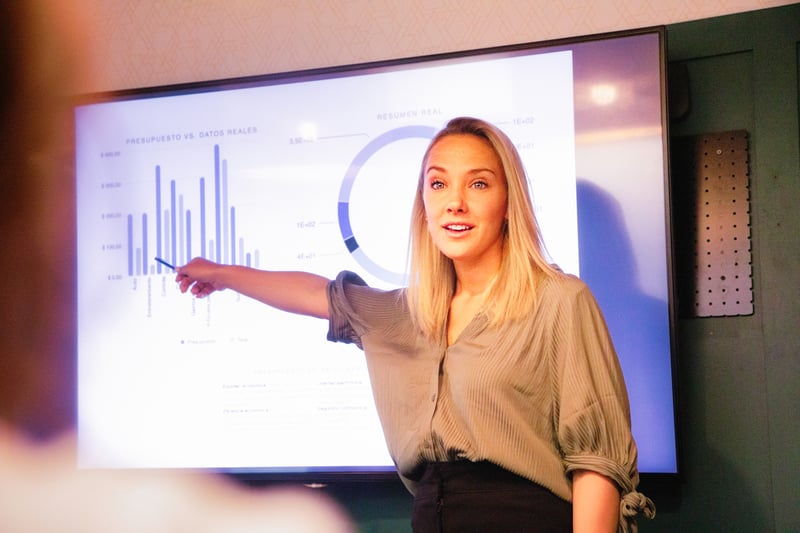
The efficiency of your sales cycle stages is incredibly important to the success of your sales. With our 24 tips for each stage, hopefully, your sales cycle stages will become seamless steps in a well-oiled machine.
You may have noticed that a few of our tips included using a CRM. That's because a CRM is an incredibly powerful tool for sales to be using.
If you don't have one yet but are looking to get one, contact Ringy to request a demo.

Skyrocket your sales with the CRM that does it all.
Calling? Check. SMS? Check. Automation and AI? Check. Effortlessly keep in touch with your customers and boost your revenue without limits.

Take your sales to new heights with Ringy.
Sales in a slump? Ringy gives you the tools and flexibility you need to capture leads, engage with them, and turn them into customers.
Subscribe to Our Blog
Enter your email to get the latest updates sent straight to your inbox!
Categories
Related Articles







